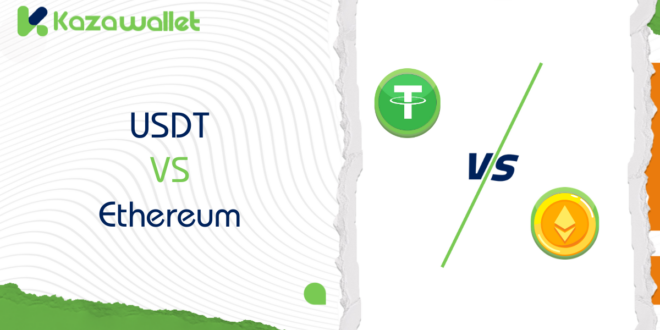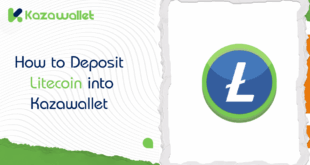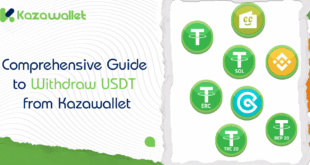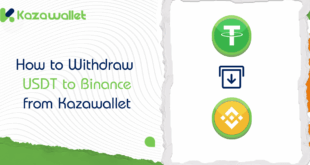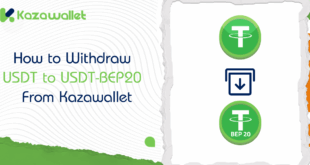The world of cryptocurrencies is intricate, and the various options confuse beginners, including the various differences between the different coins.
This piece will detail the fundamental USDT vs Ethereum and the differences between USDT and Ethereum, two cryptocurrencies vastly different from one another in nature and utility, even though operating under the same sphere.
We will detail each point extensively, using simple terms, for layman’s readers as well.
What is USDT?
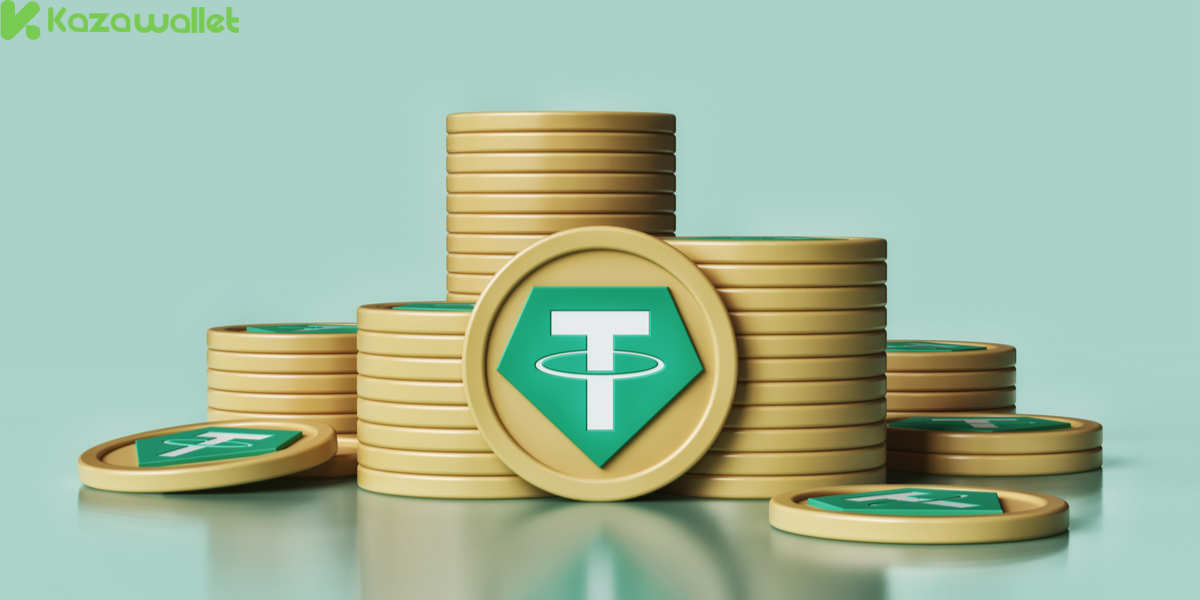
USDT, also known as Tether, is a cryptocurrency belonging to the category of “stablecoins.” A key feature of this currency is its value being pegged to a stable fiat currency, the US dollar in this case.
USDT operates on the principle that each unit is backed by one US dollar held in reserves by Tether, the issuer of the currency. This peg aims to maintain USDT’s value close to that of the dollar, reducing the impact of the sharp fluctuations experienced by other cryptocurrencies like Bitcoin or Ethereum.
As a result, USDT is a popular choice among investors who wish to temporarily convert their funds into a stable asset during periods of high market volatility.
However, it’s important to note that this stability isn’t entirely guaranteed. Questions have been raised about the accuracy of the USDT-dollar peg and whether Tether’s claimed reserves are sufficient to support all circulating units of the currency.
What is Ethereum?
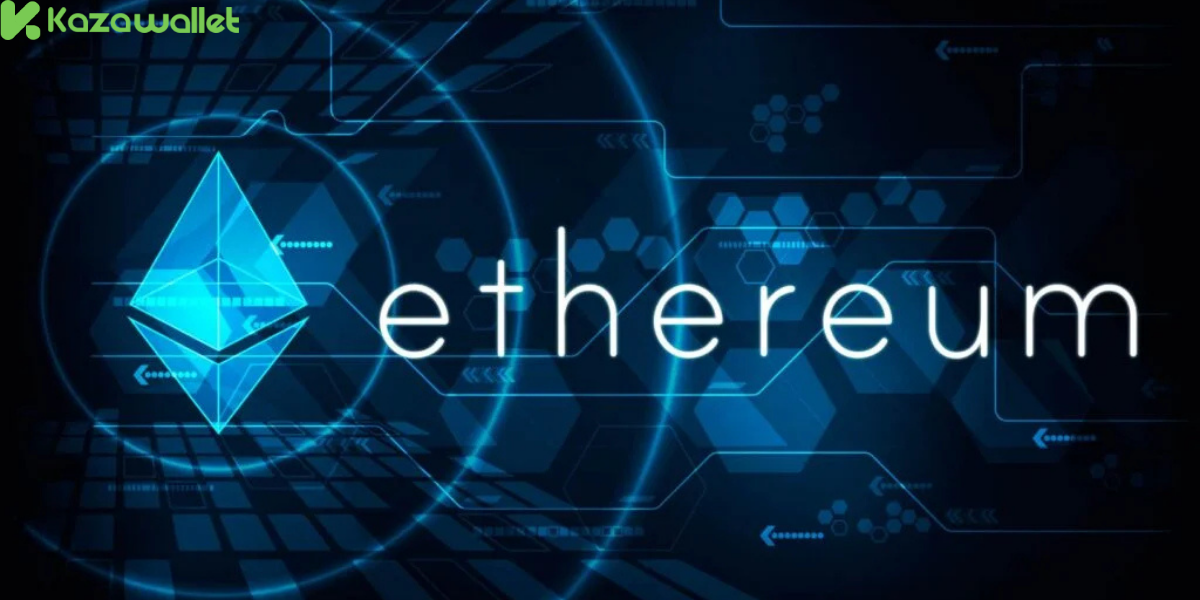
Unlike USDT, Ethereum is not merely a cryptocurrency; it’s a decentralized computing platform powered by blockchain technology.
It can be likened to a decentralized “internet.” Instead of being controlled by a single company, it’s managed collectively by everyone using blockchain technology (a shared and secure transaction ledger). On this “internet,” you can build applications that operate automatically without intermediaries.
Imagine an application that automatically distributes funds upon fulfilling a specific condition in a contract, or a video game where cheating is impossible because it runs on Ethereum. These are “decentralized applications” and “smart contracts.”
The Ether (ETH) token is like the fuel that powers this system. It’s used to run applications and smart contracts and to pay transaction fees on the network, much like paying fees to use the internet. It also functions as an investment asset.
However, ETH’s value doesn’t necessarily reflect the value of the applications running on it. ETH’s value might rise without the value of these applications rising, and vice versa.
Ethereum is open-source, meaning anyone can contribute to its development and improvement. This makes it more flexible and adaptable to market changes and technological advancements. However, this also means it’s susceptible to potential security vulnerabilities that require prompt addressing by its developers.
Bitcoin vs USDT: An In-Depth Comparative Study of Risks and Stability
USDT VS Ethereum
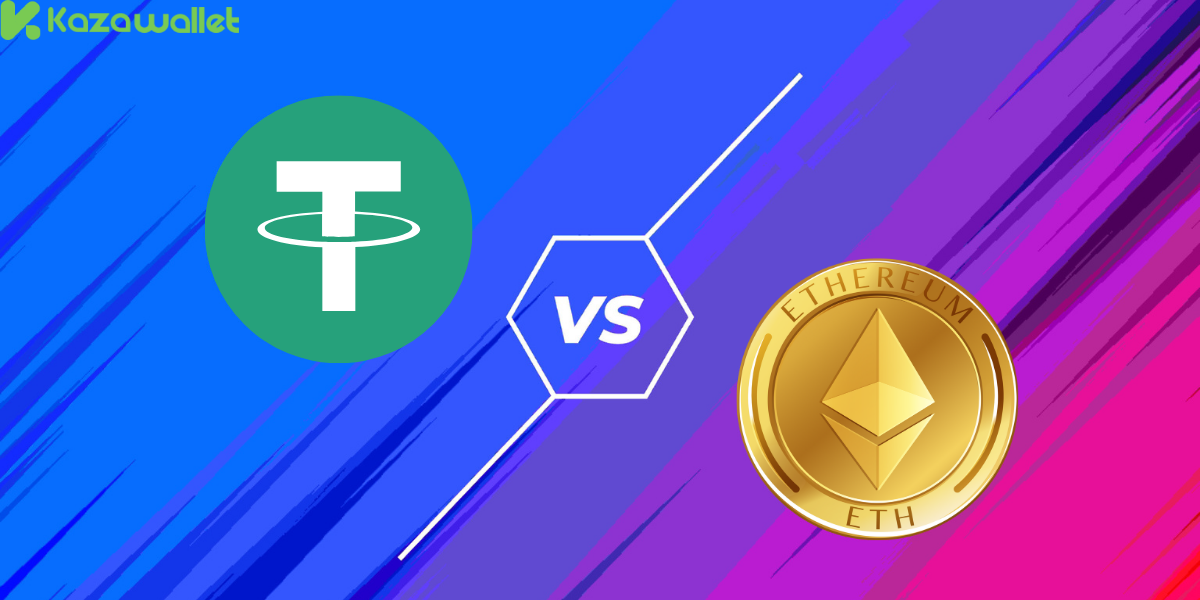
Main Purpose:
- USDT: When we talk about USDT vs Ethereum, we should mention that USDT’s primary purpose is to provide a stable means of payment in the cryptocurrency world, reducing the price fluctuation risks associated with other cryptocurrencies. Users can hold their funds in USDT without fear of significant value loss due to market volatility.
- Ethereum: Ethereum’s main purpose is to provide a decentralized platform enabling the building and operation of decentralized applications and services. Ethereum doesn’t focus on being a stable means of payment, but rather on providing a technological infrastructure that enables the development of innovative solutions across various fields, from decentralized finance to supply chain management.
Stability:
- USDT: USDT is designed to be stable against the US dollar, but it has experienced fluctuations in the past, raising questions about its true stability. While these fluctuations are relatively small compared to other cryptocurrencies, they demonstrate that the dollar peg isn’t always guaranteed, and risks are associated with USDT’s value stability.
- Ethereum: When we talk about USDT vs Ethereum, we should mention that Its native currency (ETH) is highly volatile and significantly affected by market fluctuations. ETH’s value is influenced by numerous factors, including supply and demand, technological advancements in the Ethereum platform, projects built upon it, and general cryptocurrency-related news.
Technology:
- USDT: When we talk about USDT vs Ethereum, we should mention that USDT relies on blockchain technology but isn’t an independent blockchain platform. USDT is issued on other blockchains, such as Omni, Tron, and Ethereum, making it dependent on these platforms for its existence.
- Ethereum: It’s an independent blockchain platform and one of the world’s first and largest smart contract platforms. It’s characterized by its advanced technology, its ability to handle a large number of transactions, and its extensive community of developers who continuously contribute to its development.
Supply:
- USDT: USDT’s supply is not fixed and can be increased or decreased based on demand. This gives Tether significant control over USDT’s supply.
- Ethereum: When we talk about USDT vs Ethereum, we should mention that ETH’s supply is predetermined but gradually increases according to a defined mechanism within the Ethereum protocol. This gives ETH a degree of scarcity, influencing its long-term value.
Usage:
- USDT: USDT is primarily used as a payment method for cryptocurrency trading on exchanges and for transferring funds between different cryptocurrencies. It’s also used as a means of protecting funds from market fluctuations, as investors can convert their funds to USDT until the market stabilizes.
- Ethereum: ETH is used to pay transaction fees on the Ethereum network, in addition to being an investment asset and for launching and running decentralized applications and smart contracts. ETH is also used in numerous projects and platforms built on Ethereum, increasing its value and demand.
Decentralization:
- USDT: When we talk about USDT vs Ethereum, we should mention that it’s not decentralized, as Tether controls its issuance and management.
- Ethereum: It’s a decentralized platform governed by a broad community of developers and users. This makes it more resistant to censorship and manipulation, enhancing its security and transparency.
Acceptance and Prevalence:
- USDT: When we talk about USDT vs Ethereum, we should mention that USDT enjoys widespread acceptance on trading platforms, but confidence is affected by doubts about the transparency of its reserves.
- Ethereum: Ethereum enjoys broad acceptance in the world of financial technology and is used in numerous projects and platforms.
USDT vs Litecoin: A Comparison of Risks and Stability
Risks Associated with USDT and Ethereum
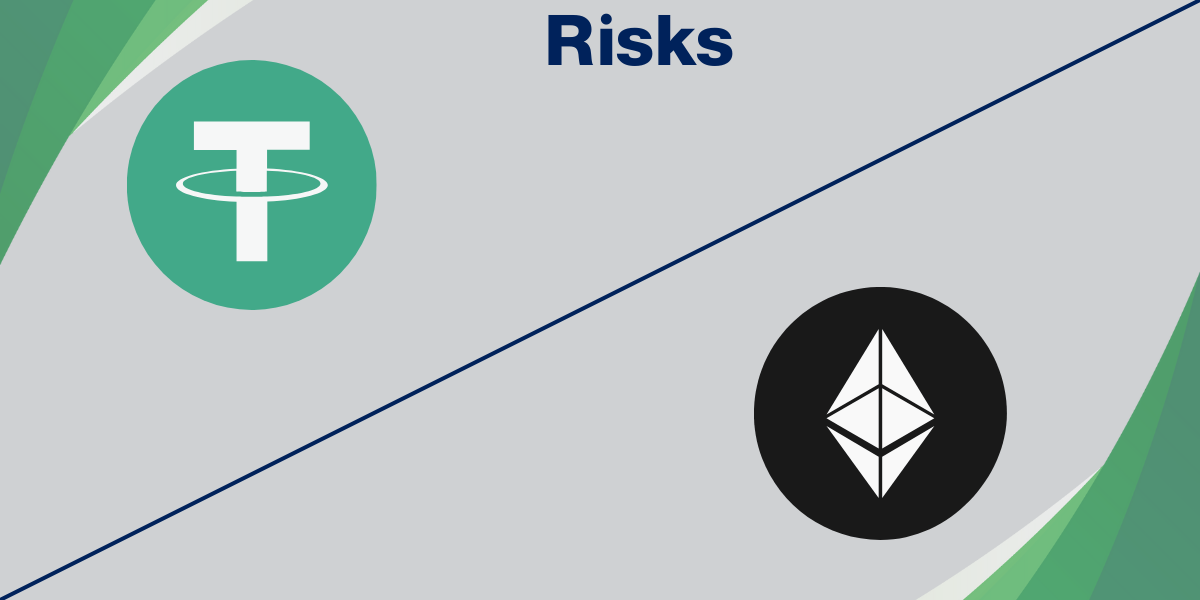
Risks Associated with Tether (USDT):
Transparency: The USDT reserves’ lack of transparency is raising serious concerns, and this is negatively impacting the investors’ level of confidence.
Inadequate disclosure over USDT being backed by the US dollar is raising serious risks, and this may make investors lose their level of confidence in the currency, and its value will dip sharply. Third-party audits by independent bodies can enhance the level of investors’ confidence placed over USDT.
Stability: Despite being a stablecoin, USDT is not entirely insulated from volatility, compromising investment value. These small movements reflect the reality that the dollar peg is not necessarily secure all the time, and risk is associated with the value stability of USDT. Any event against Tether or the US dollar can impact the value of USDT.
Regulation: Tether is subject to regulatory oversight and could risk being liable for penalties or even suits. Regulatory shifts for cryptocurrencies could influence the operation of Tether, endangering USDT holders.
Risks Associated with Ethereum
Volatility: ETH is extremely volatile, and this is one risk investors will need to watch out for. ETH value is susceptible to various variables, and this causes its value to fluctuate sharply. These hazards need to be known by investors before investing in ETH.
Congestion: The Ethereum network also gets congested from time to time, causing high transaction fees. High transaction fees can make Ethereum pricey, compromising its utility.
Updates: Ethereum is subject to periodic updates, and these updates can introduce bugs or security loopholes. Updates to Ethereum’s code are essential, but they can also generate technical glitches, compromising the security and stability of the network.
Competition: Ethereum is faced with strong competition from many different blockchain platforms. Newer platforms using superior technologies could impact the market for Ethereum.
Changes in fiscal policies: Governments can also make changes in their fiscal policies or bring regulations for cryptocurrencies, causing changes in their price. For example, when the nation bans the exchange of cryptocurrencies or implements strict regulations, the price of Ethereum can dip.
Political Stability: Turbulent political situations can impact overall financial market sentiment, including cryptocurrencies. For instance, political crises or conflicts can make investors shift towards havens, potentially impacting the value of cryptocurrencies.
In conclusion, the USDT versus Ethereum is not necessarily about one versus the other; rather, about one investment strategy versus the other.
USDT (with all the risks involved) has relative security through its purported steadiness, versus Ethereum offering the potential for investment in potentially revolutionary tech progress, along with the increased risk of market volatility.
That is your decision, however, and hopefully, this article has provided you with the tools you need to make your decision, understanding the risks and advantages of each, USDT and Ethereum.
 Blog Kazawallet
Blog Kazawallet
